Among the provinces and cities in Vietnam, there are few places where administrative, population, and cultural changes have taken place in such a complex and multi-layered manner as in Hanoi , from thousands of years ago until today. However, despite that tumultuous history, there are few places where people are so interested in the “identity” of a city: what is the origin of Hanoi, what are the people of Hanoi like?
For Nguyen Ngoc Tien, Hanoi is no longer strange, if not to say "familiar" in his writings. But every time he goes, sees and writes about Hanoi, Nguyen Ngoc Tien always opens up very new, very strange and interesting perspectives.
In the newly released book - Hanoi Villages and Streets , it is the image of a city that is both rustic and ancient with festivals and traditional craft villages, and modern and prosperous when it was once the capital of feudal dynasties, the capital of the French Indochina Federation, and the capital of Vietnam today.
“Hanoi Villages and Streets” is a newly released book by writer Nguyen Ngoc Tien. Photo: Linh Dan
Villages and streets are both contrasting and coexisting to create a very special appearance of Hanoi. If one is missing or if one is intentionally removed, it is no longer Hanoi.
Walking around Hanoi with emotions in his heart and listening to the breath of the times, writer Nguyen Ngoc Tien always chooses his own path with many discoveries .
The book is divided into 3 parts: Villages; Streets and Hanoi Hanoi.
In the first part, the author takes readers on a tour to visit villages on the banks of the Duong River to villages with international brands, from Xuan Duc village and the famous poem Nui Doi to Dao village and the custom of women wearing mountain heads...
According to writer Nguyen Ngoc Tien, the strange thing is that in the history of Vietnamese administration, villages have never been established as administrative levels, but the book Dai Nam Thuc Luc , the official history of the Nguyen Dynasty, wrote: "A country is formed from the union of villages. From villages comes a country. Teaching people to be good, the king governs with the village as the first priority."
He also mentioned the meaning or naming of each village: “Whether the village name is of Chinese origin or purely Vietnamese, it has its own value, because the name contains the history and culture of the locality. People go to war first and foremost for the village and always remember the village. People do good things for the village. When a village has a successful person, the villagers are proud.”
In part two, writer Nguyen Ngoc Tien divides Hanoi's streets into: old town, new town, beach town, villa town, ghost town, seasonal town... The writer also provides updated information about "the shortest street in Hanoi" or "the street that is not a street", the street that many people check in...
“The most popular attraction for students is the facade of the Hanoi Moi newspaper headquarters on Le Thai To street. This is a building with beautiful and luxurious French architecture. However, this place is 'unique' because there is a glass frame with a newspaper stuck on it inside, an indispensable product of newspaper offices and ward headquarters during the subsidy period, but today it is the only one left here. From morning to evening on weekdays, there is almost always a group of people dressed up, posing for check-in” – excerpt from Check-in Street, TikTok Street .
The final part is a multi-faceted perspective on the Capital, questions that many people are interested in: Hanoi's geographical origin and Hanoi's cultural origin, is Hanoi a livable land, Hanoi and the history of separating and merging communes and wards... and the way Hanoi overcame the terrible shock.
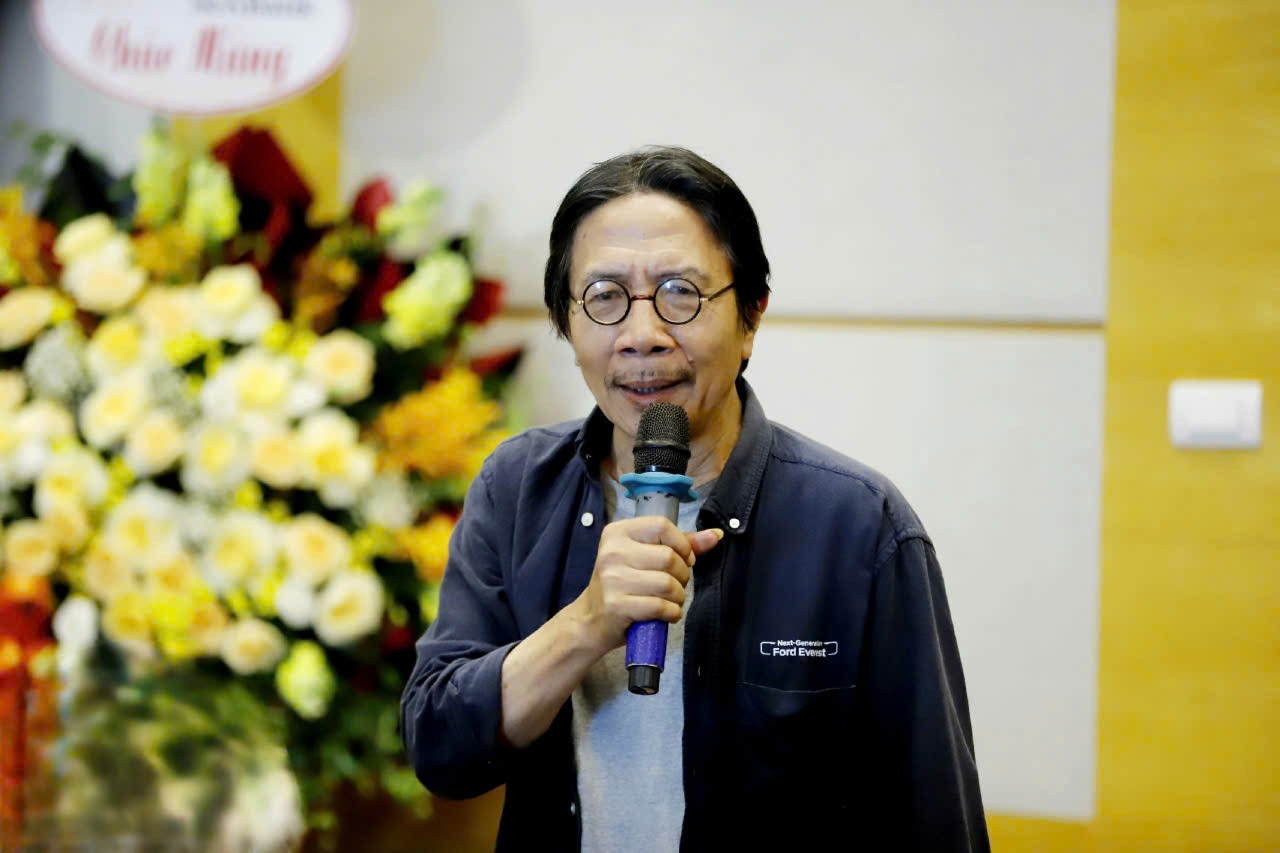
Sharing with VietNamNet, writer Nguyen Ngoc Tien said: “The original title of the book had 8 words Lang lang pho pho Ha Noi Ha Noi , however the book publisher wanted to remove one word Ha Noi, I had to listen. This is also the character of Hanoi people - afraid of conflict, wanting to be left alone. I regret that adding 2 words will create rhythm when reading. If you look at the table of contents, everyone can clearly see that the work consists of 63 articles. But when reading it all, I believe that readers will feel that Lang lang pho pho Ha Noi is a book writing mindset because the information is repeated quite little, if any, it is only the book name, citation or historical events that are important milestones are mentioned.”
The special thing about Hanoi's Villages and Streets is that the author "illuminates" Hanoi from different angles, objectively and without bias, trying to clarify stories that seem too familiar but still have unclear points that require reference to many different sources of documents to explain.
“In this new book, I have devoted many pages to writing about villages and towns that used to belong to the provinces of Ha Tay, Vinh Phuc, Hoa Binh , and were later merged into Hanoi. I think this is an important topic that has not received much attention,” he said.
Some people think that geographical expansion makes Hanoi lose its original beauty, mixed and chaotic planning, and the culture of Trang An is also "deformed". But the opposite opinion agrees because it creates a colorful appearance of the capital. In the book, do you have any message about this? When asked by writer Nguyen Ngoc Tien, he said: "In Lang Lang Pho Pho Ha Noi, I affirm that the merger of Ha Tay makes the culture of Thang Long - Hanoi richer and more diverse".
The author further explains: “Going back in history, in 1831, King Minh Mang implemented administrative reforms dividing Vietnam into 30 provinces and 1 prefecture, then Thuong Tin, Hoai Duc, Ung Hoa districts (later part of Ha Tay province) together with the Thang Long Citadel area became Hanoi province. And Hanoi province existed until July 19, 1888 when the French colonialists established Hanoi city including Tho Xuong and Vinh Thuan districts (corresponding to Hoan Kiem and Ba Dinh districts today). Thus, a part of the old Ha Tay was located in Hanoi province.
In 1965, Ha Dong province merged with Son Tay province to form Ha Tay. Ha Dong province is the land of hundreds of crafts, while Son Tay belongs to Xua Doai, an original land of ancient Vietnamese people and ancient Vietnamese civilization, where the Van Lang state was formed. It can be said that Xua Doai, where ancient Vietnamese and Muong people lived together, gave birth to an extremely unique culture that researchers call Xua Doai culture, including the legend of Son Tinh - Thuy Tinh spreading throughout the vast plains.
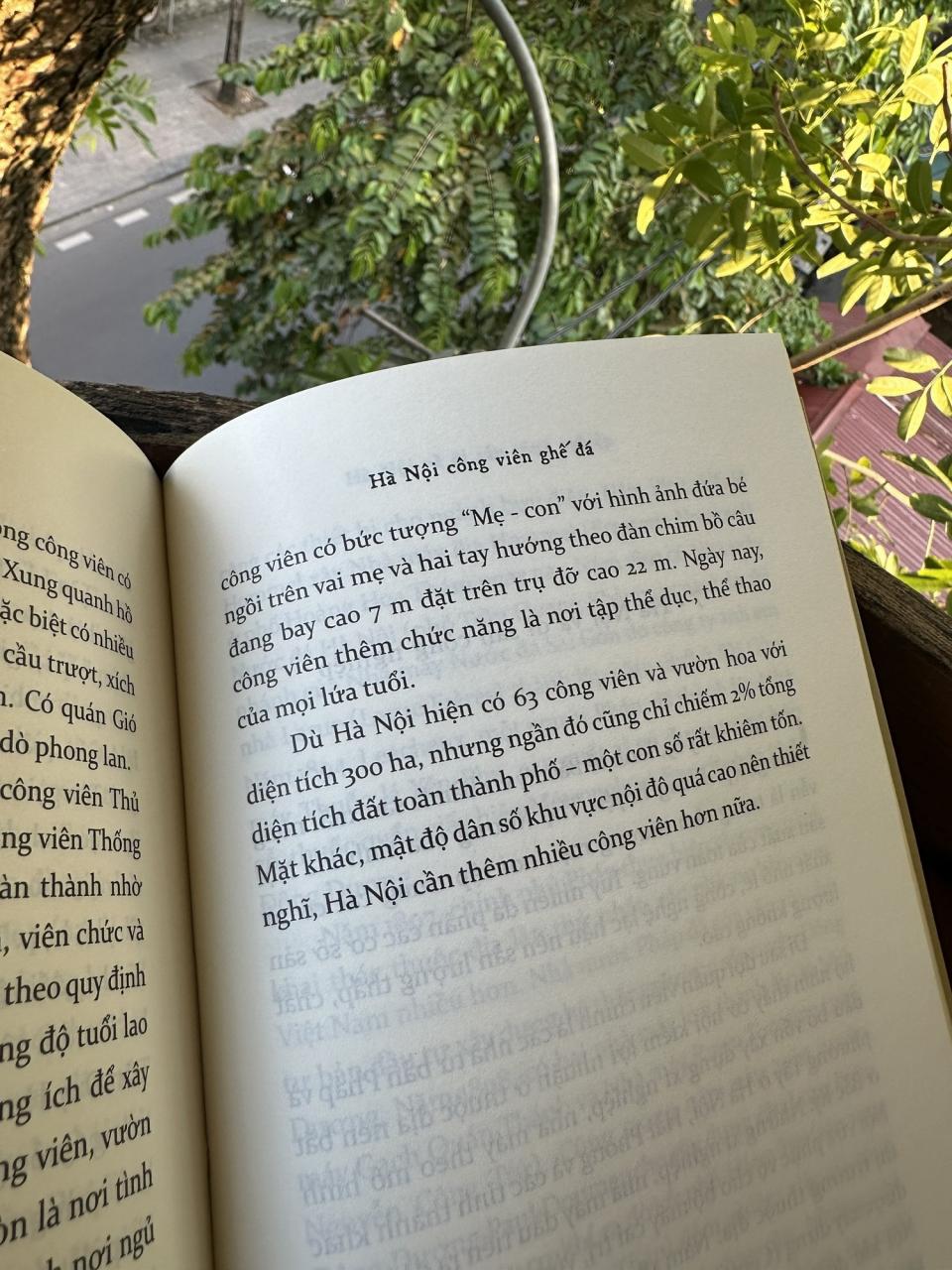
Not only Hanoi of the past, writer Nguyen Ngoc Tien also mentioned Hanoi today with its troubles and worries. The land and people in his works have recreated a Hanoi in the transition between ancient and modern times with diverse colors.
Journalist and writer Nguyen Ngoc Tien was born in 1958 in Vong village (now Phuong Liet ward, Thanh Xuan, Hanoi). He is the author of the works: 5678 steps around Hoan Kiem Lake, Walking along Hanoi, Walking across Hanoi, Walking through Hanoi and the novels Linh Ha, Mong manh, Me Tu Hong...
Among them, Going Across Hanoi and Going Along Hanoi were awarded the Bui Xuan Phai Prize for Love of Hanoi 2012 and the Hanoi Literature and Arts Prize 2012.
Vietnamnet.vn
Source: https://vietnamnet.vn/ha-noi-que-mua-va-phon-hoa-duoi-goc-nhin-cua-nha-van-nguyen-ngoc-tien-2330564.html


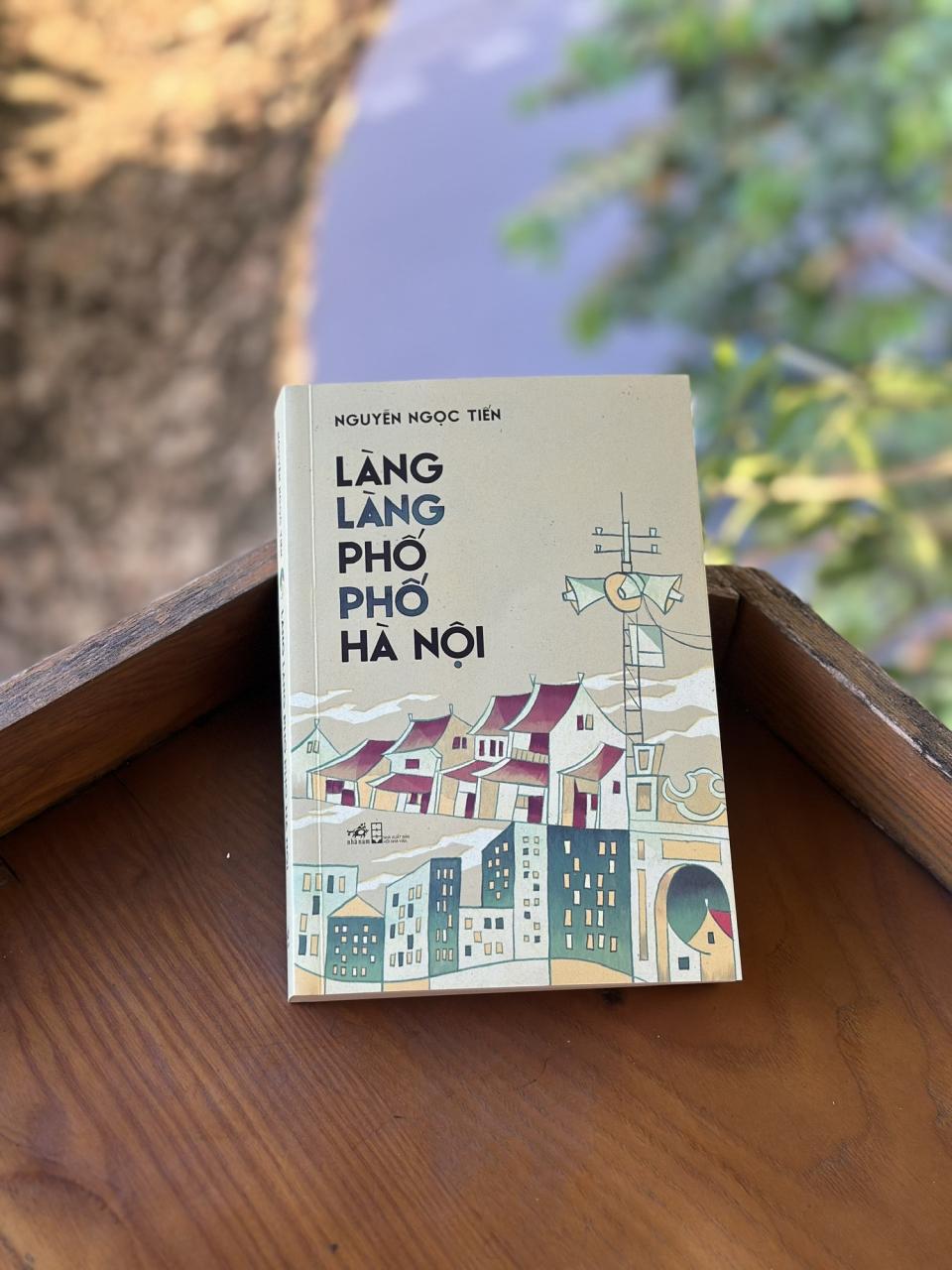

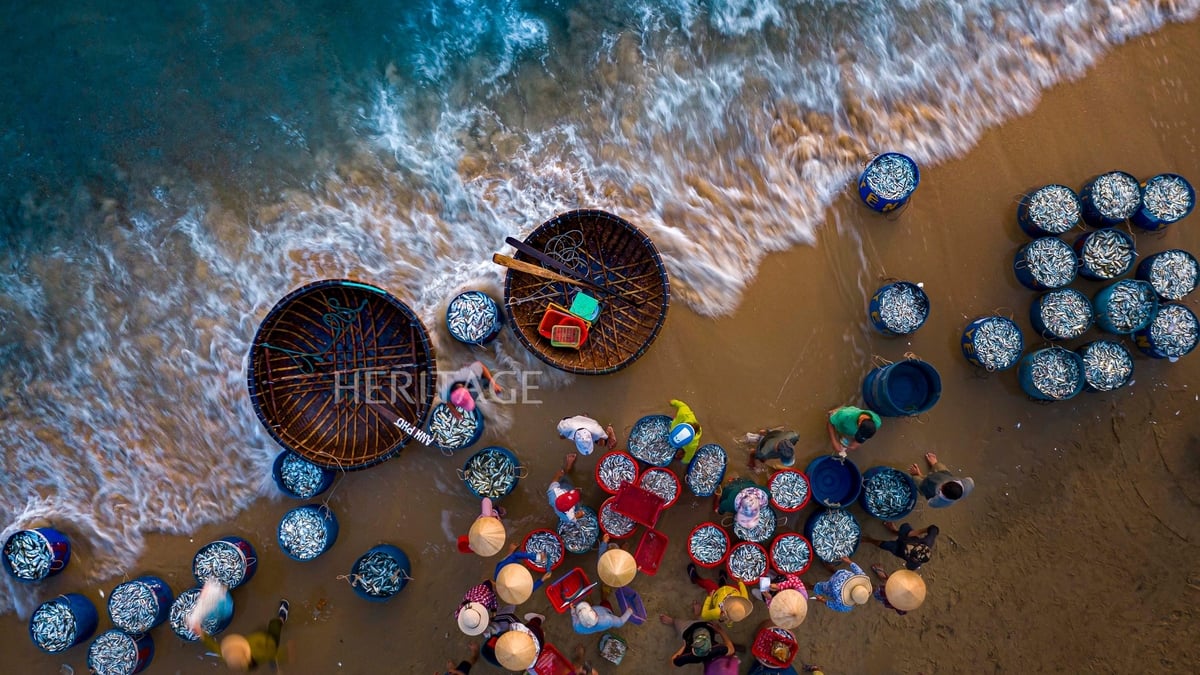



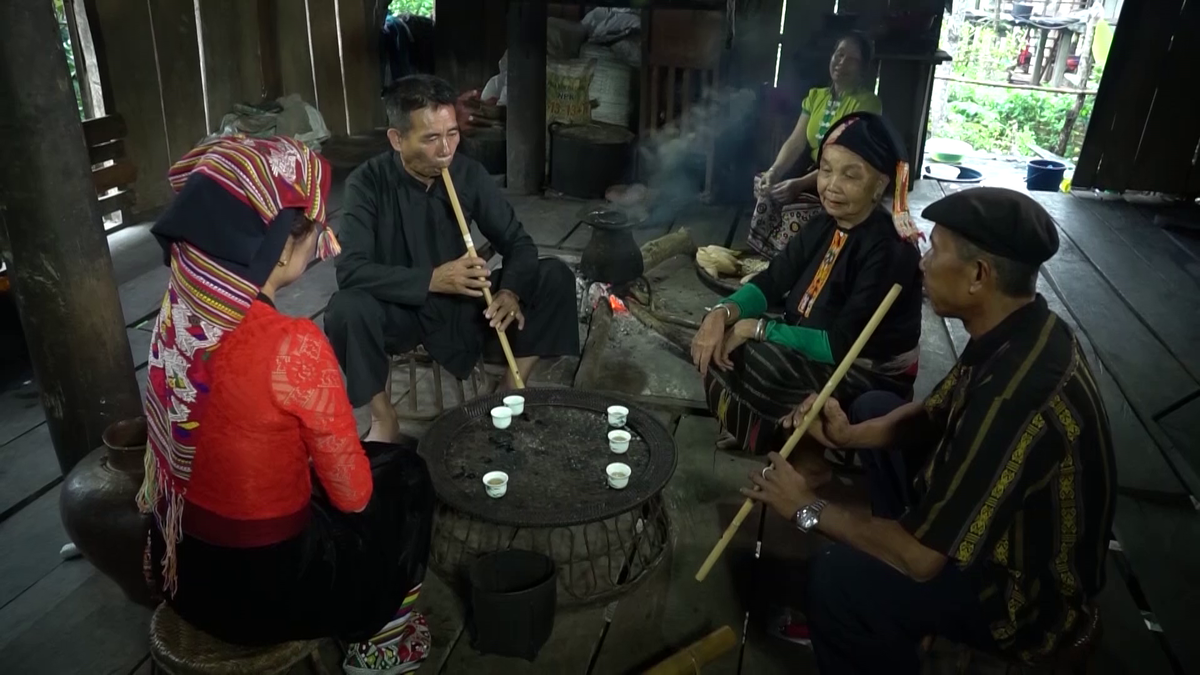






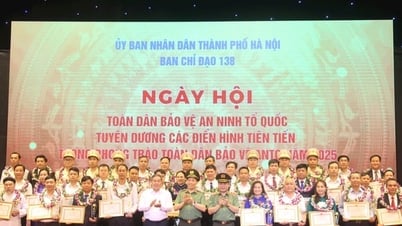





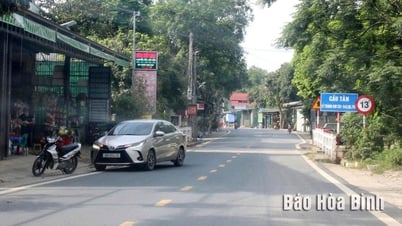
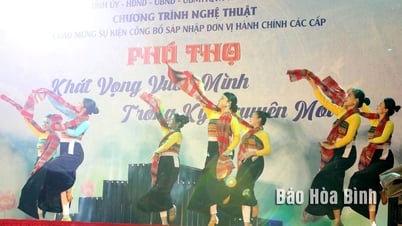
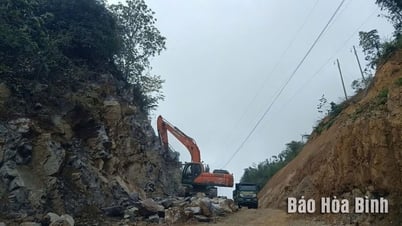
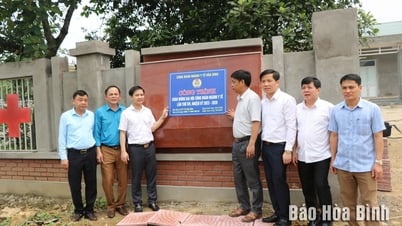
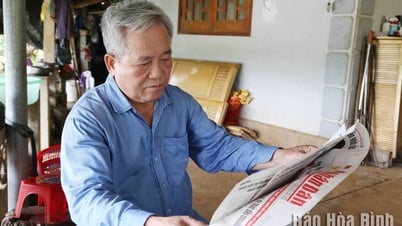




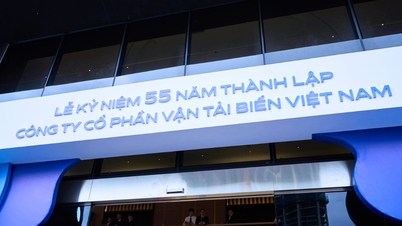




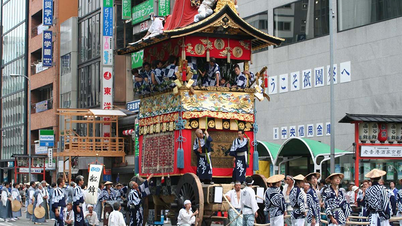

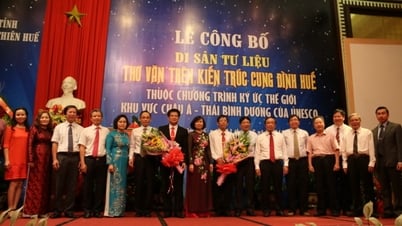
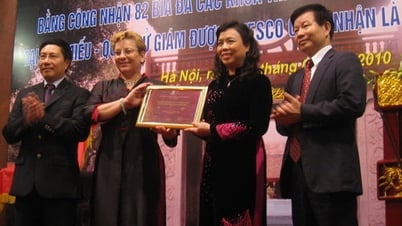

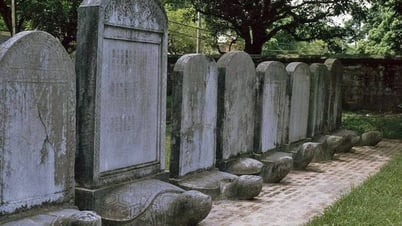
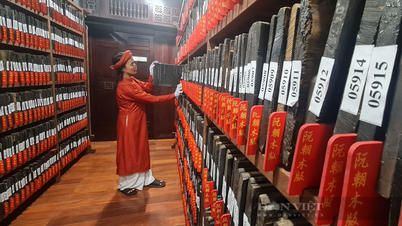





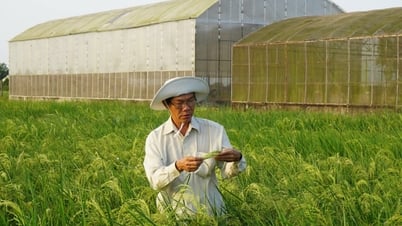







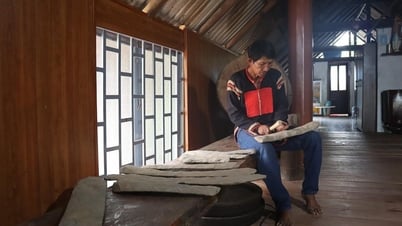

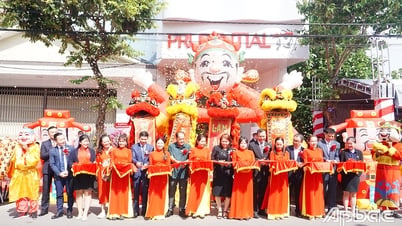






![[Photo] General Secretary To Lam attends the launch of 3 digital platforms serving the implementation of Resolution No. 57-NQ/TW](https://vphoto.vietnam.vn/thumb/402x226/vietnam/resource/IMAGE/2025/7/2/d7fb7a42b2c74ffbb1da1124c24d41d3)


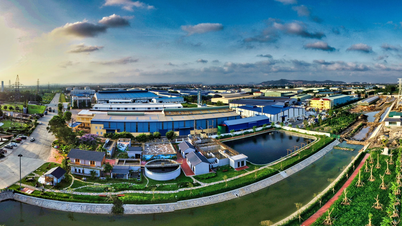













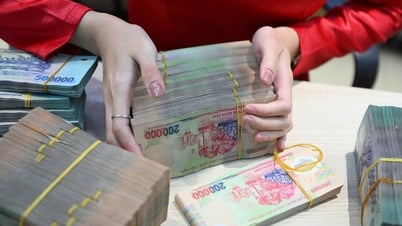















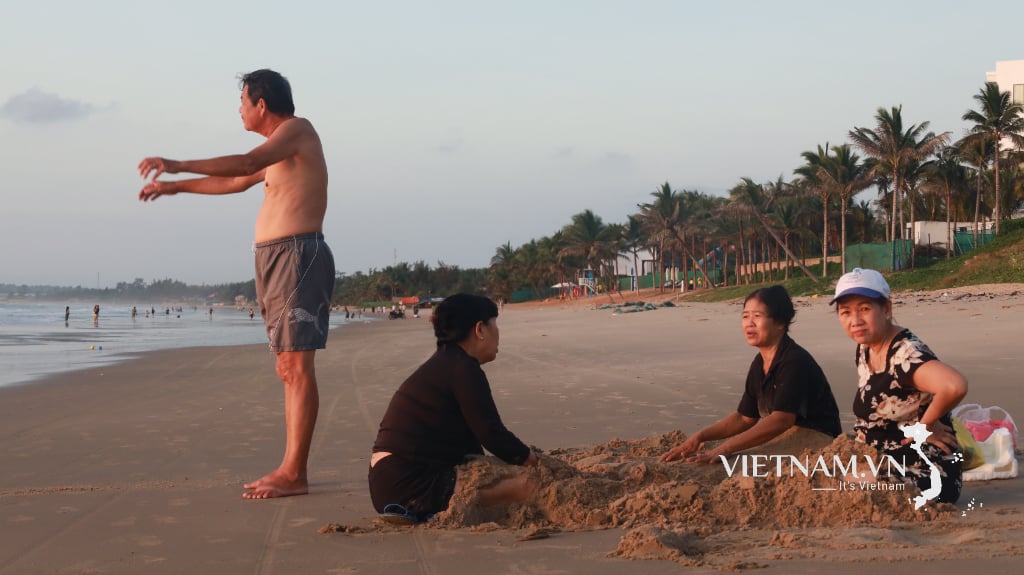
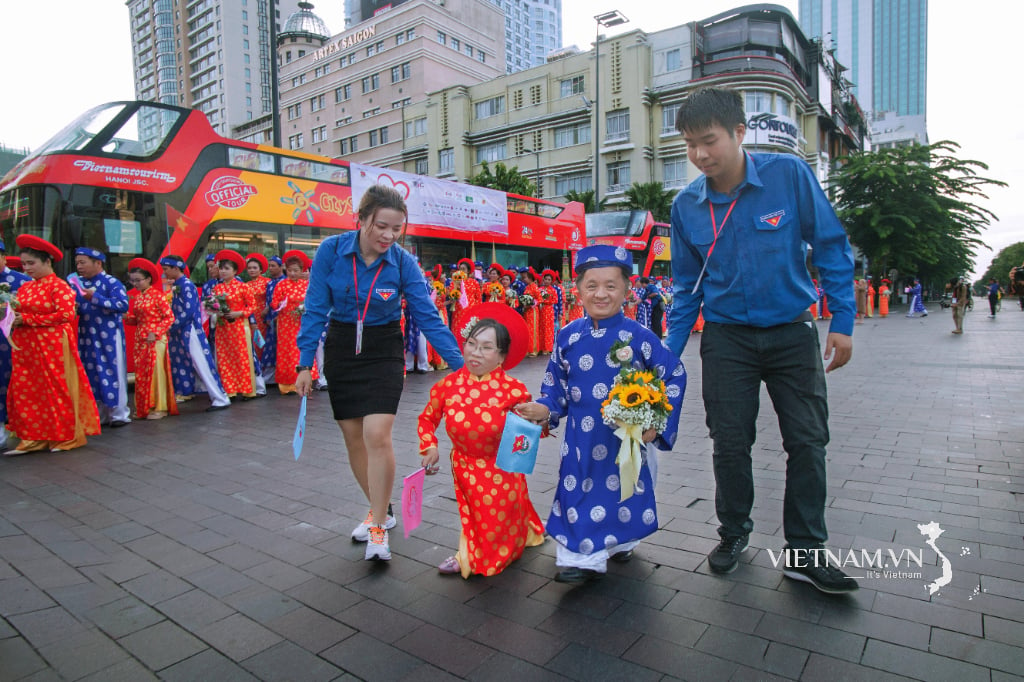


Comment (0)